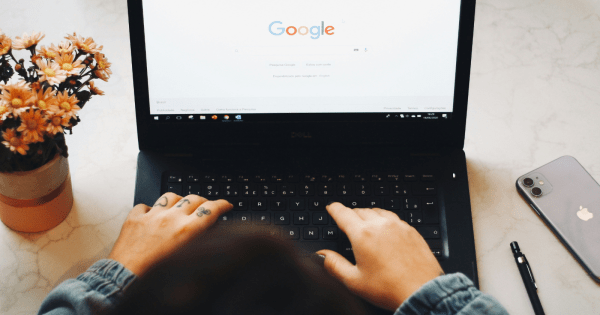Google on Tuesday announced the rollout of a new suite of AI-driven tools for Search ad campaigns.
The features, housed within the new AI Max settings for Google Search campaigns, help advertisers pinpoint new search opportunities, better customize ad creatives, and select more relevant landing pages for creatives.
Instead of simply matching user queries, AI Max uses predictive capabilities to anticipate intent—even for complex and nuanced searches. These changes, Google hopes, will help advertisers connect with target audiences and deliver relevant messages in moments that would previously be inaccessible to them.
“This is bringing the best of our AI for creative and query matching into our core Search campaigns,” said Brian Burdick, Google’s senior director of Search ad automation, at a press briefing. “And we work to make the barrier to entry as low as possible for our existing campaigns, so it’s very easy for them to turn it on, turn it off, try it…with minimum disruption to their ongoing operations, reporting, et cetera.”
Early testers of AI Max for Search include L’Oréal and Australian utility connection firm MyConnect. The tools will roll out to advertisers across the world in beta later this month.
The updates come as Google’s search business is under pressure, from both AI rivals and regulators.
The first AI-powered feature in the suite is search term matching, which can assess an advertiser’s current keyword list, creative assets and URLs to determine what kind of searches could be a good fit for the brand’s ads—even if those exact keywords haven’t been identified by the advertiser. Ultimately, this feature can help advertisers expand the reach of their messages, ensuring their ads appear for relevant queries that they may otherwise have missed out on.
Also included in AI Max for Search is a new “asset optimization” feature. Formerly called “automatically created assets.” The tool uses Gemini capabilities to develop text for ad campaigns, like headlines and descriptions, based on an advertiser’s unique landing page, ads, and keywords. Combined with Google’s ability to direct users to a specific URL—rather than simply a homepage or a generic product page—the feature could potentially increase conversion rates.
In tests, the company found that using AI Max for Search led to an average lift of 14% in conversions or conversion value—without raising cost-per-acquisition. For those still relying primarily on exact or phrase match keywords, the improvement was even better, jumping to around 27%.

Taken together, the advanced search term matching and asset optimization tools in AI Max can potentially home in on user intent and help brands serve up more relevant content for nuanced searches.
Burdick posed an example of a narrow query like ‘colorful midi dresses for spring and summer.’ In this case, the keyword ‘red midi dress’ wouldn’t match, but a broad match keyword might surface an ad with a headline like ‘dresses for women.’ But by pairing broad match keyword with AI Max, an ad for a ‘red puff sleeve midi dress for spring’ may pop up.
This is because, with AI Max, Google can tap into both the advertiser’s specific landing pages that might match that query, as well as existing campaign assets or assets that have been dynamically generated in the matching process—and ultimately pair the query with the most contextually relevant campaign asset.
As Rachel Melgaard, Google’s director of global Search Ads, put it, the advancements signify Google’s shift toward “more nuanced and complex question-answering,” noting that the technology is “getting to a point where we can predict a little bit more of what that particular user might be interested in next.”
AI Max, like Performance Max, will also include controls that allow advertisers to set specific URLs to which customers are routed or not routed.
AI and changing search behavior
The company is, of course, also looking for new ways to integrate Gemini models across its tech stack and bring AI capabilities into Search as it faces growing pressure from the likes of OpenAI, Perplexity, Anthropic, and Microsoft.
In March, the company debuted AI Mode, a UX designed to provide detailed responses to complex or multi-part queries. The company is considering bringing ads to AI Mode—expanding on its learnings from running ads in AI Overviews.
“Search behavior is changing quite a lot,” Burdick noted. “It’s getting much more granular. [User] expectations of the results are also getting higher.” Advertisers’ demands for transparency and control is also growing, Burdick said.
Google advertising leaders declined to comment on how the ongoing search antitrust battle with the U.S. Justice Department impacts the company’s plans for evolving AI capabilities in search.
A company blog post published April 20 that argues that “DOJ’s sweeping remedy proposals are both unnecessary and harmful.”



